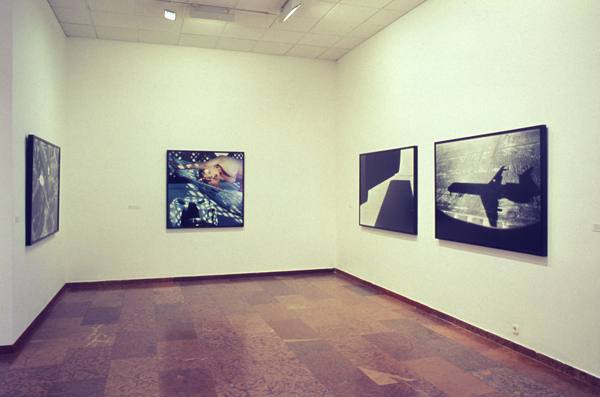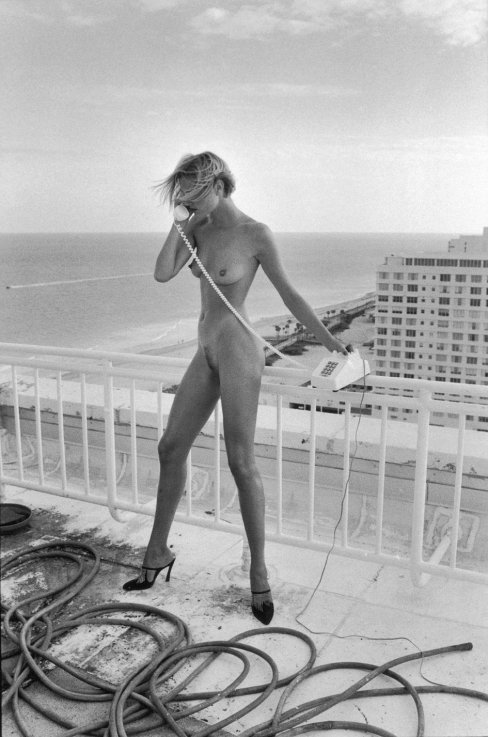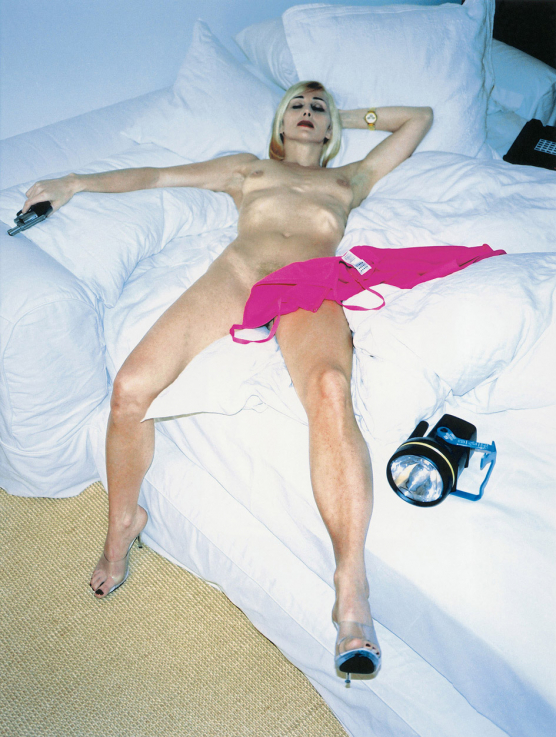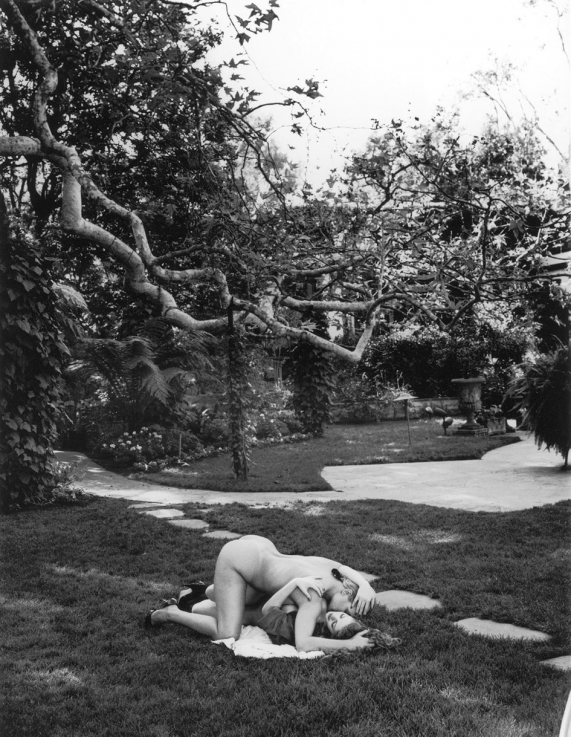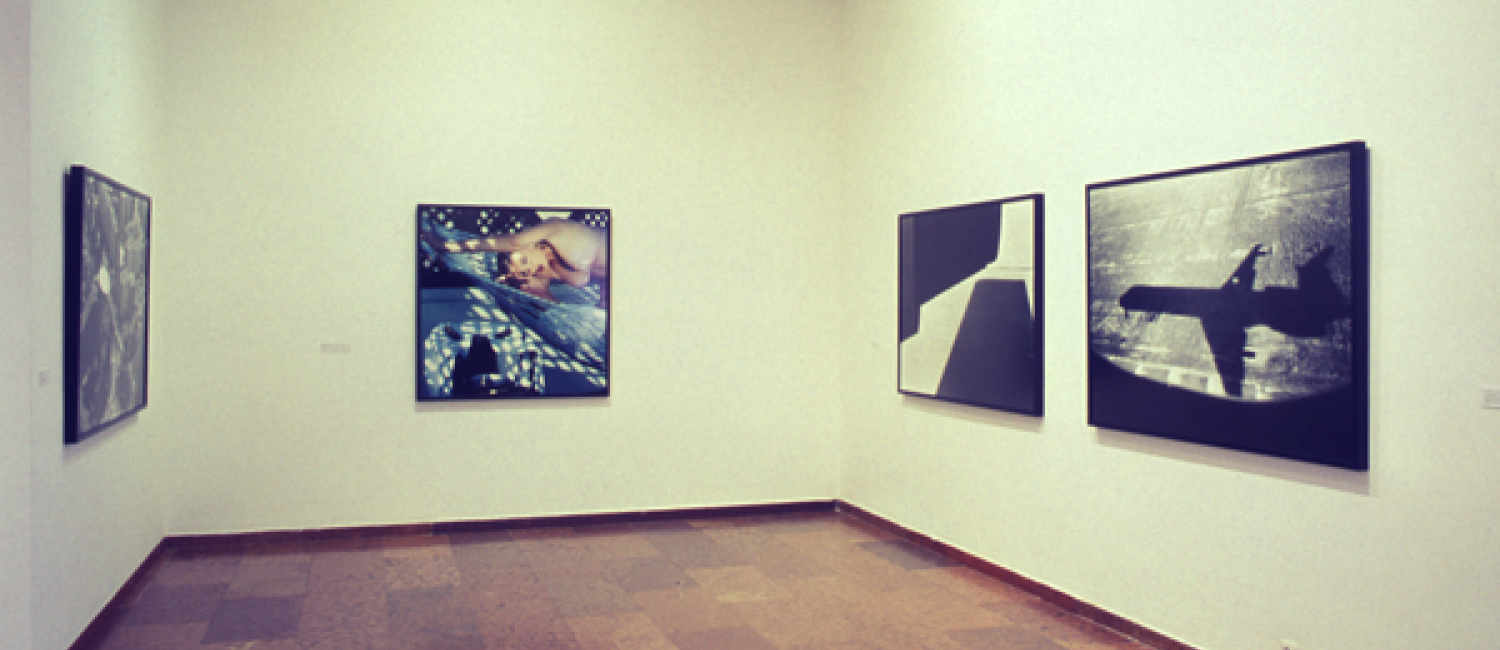Helmut Newton is considered to be one of the greatest photographers of our time. He was born in Berlin in 1920; first he was a student of Yva, the famous fashion photographer, and later they also worked collaboratively.
After years of having lived in Singapore and in Australia, he moved and dwelled in Paris for 25 years. Since 1981 he has been living in Monte Carlo.
His portraits and fashion photos have been published in leading magazines all over the world (Vogue, Elle, Marie Claire, the American edition of Playboy, Stern, Life). These images created a style in the photographic interpretation of the beautiful, the famous and the rich. His portraits of Liz Taylor, Catherine Deneuve, and Jack Nicholson have become icons of a global media history; his female nudes, rendered with cold eroticism and with a monumentality of direct presence, have often been controversially received due to allegations of sexism.
By selecting forty-four large-scale photographs, the exhibition Sex and Landscapes endeavours to present a new, interpreting and reflecting Helmut Newton. The works have been created during the past ten years and exclusively exist in unique prints. This means that they haven not been meant for press publication, but have been realised along a rigorous photographic concept.
Newton sees his own photographic work as part of the art production defined by the media that keeps a distance from glossy stylism and that deals with existential questions.
The exhibition functions as a dialogue by displaying humans in their nudity, women in their intimate surroundings. It also displays buildings, gardens, airports and the surface of the sea as a result of expanding the genre of landscapes. Perceiving the relationship between humans and their surroundings on a superficial level, it doesn’t unfold in its complexities, but the network of complex relationships becomes visible by the time we finish looking at the images.
With this dense and complex selection, Newton is not only presented as a photographer who arranges his motives along aesthetic criteria in order to grasp their presence in a powerful way, but he also appears as an artist who undertakes a seismographic record of his friends’ and fellowmen’s secret desires related to self-representation and community.
Curators of the exhibition: Dóra Hegyi and Katalin Timár
(with the Rupertinum, Salzburg)
